Pierrick J. Arnal
AI vs Humans for the diagnosis of sleep apnea
Jun 20, 2019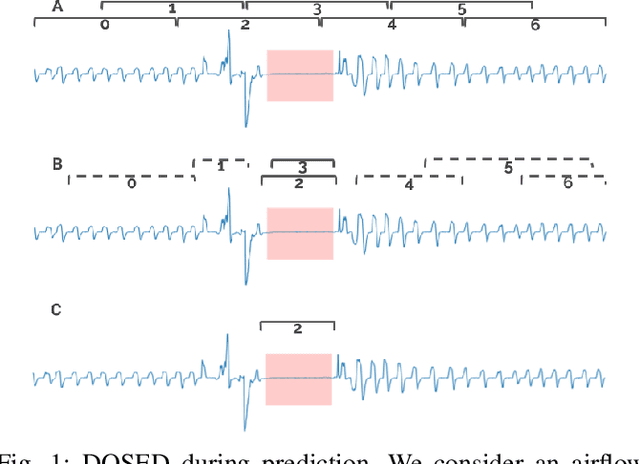
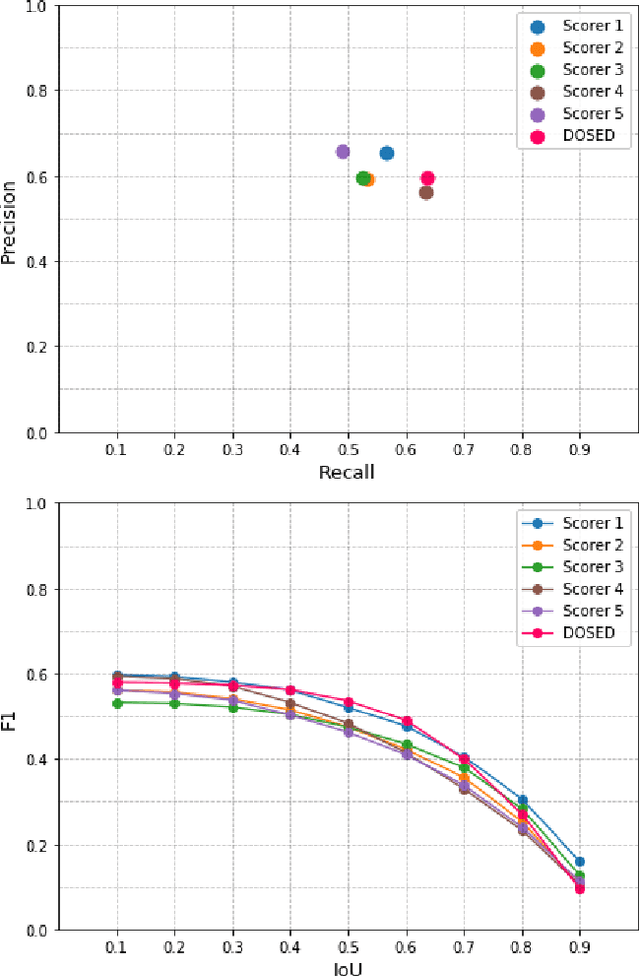

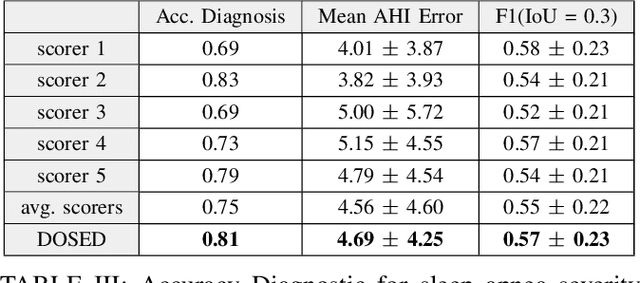
Abstract:Polysomnography (PSG) is the gold standard for diagnosing sleep obstructive apnea (OSA). It allows monitoring of breathing events throughout the night. The detection of these events is usually done by trained sleep experts. However, this task is tedious, highly time-consuming and subject to important inter-scorer variability. In this study, we adapted our state-of-the-art deep learning method for sleep event detection, DOSED, to the detection of sleep breathing events in PSG for the diagnosis of OSA. We used a dataset of 52 PSG recordings with apnea-hypopnea event scoring from 5 trained sleep experts. We assessed the performance of the automatic approach and compared it to the inter-scorer performance for both the diagnosis of OSA severity and, at the microscale, for the detection of single breathing events. We observed that human sleep experts reached an average accuracy of 75\% while the automatic approach reached 81\% for sleep apnea severity diagnosis. The F1 score for individual event detection was 0.55 for experts and 0.57 for the automatic approach, on average. These results demonstrate that the automatic approach can perform at a sleep expert level for the diagnosis of OSA.
DOSED: a deep learning approach to detect multiple sleep micro-events in EEG signal
Dec 07, 2018
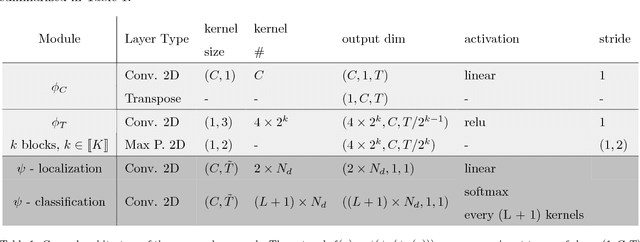

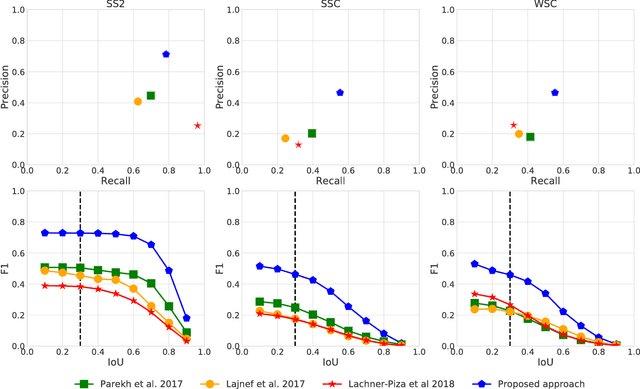
Abstract:Background: Electroencephalography (EEG) monitors brain activity during sleep and is used to identify sleep disorders. In sleep medicine, clinicians interpret raw EEG signals in so-called sleep stages, which are assigned by experts to every 30s window of signal. For diagnosis, they also rely on shorter prototypical micro-architecture events which exhibit variable durations and shapes, such as spindles, K-complexes or arousals. Annotating such events is traditionally performed by a trained sleep expert, making the process time consuming, tedious and subject to inter-scorer variability. To automate this procedure, various methods have been developed, yet these are event-specific and rely on the extraction of hand-crafted features. New method: We propose a novel deep learning architecure called Dreem One Shot Event Detector (DOSED). DOSED jointly predicts locations, durations and types of events in EEG time series. The proposed approach, applied here on sleep related micro-architecture events, is inspired by object detectors developed for computer vision such as YOLO and SSD. It relies on a convolutional neural network that builds a feature representation from raw EEG signals, as well as two modules performing localization and classification respectively. Results and comparison with other methods: The proposed approach is tested on 4 datasets and 3 types of events (spindles, K-complexes, arousals) and compared to the current state-of-the-art detection algorithms. Conclusions: Results demonstrate the versatility of this new approach and improved performance compared to the current state-of-the-art detection methods.
A deep learning architecture to detect events in EEG signals during sleep
Jul 11, 2018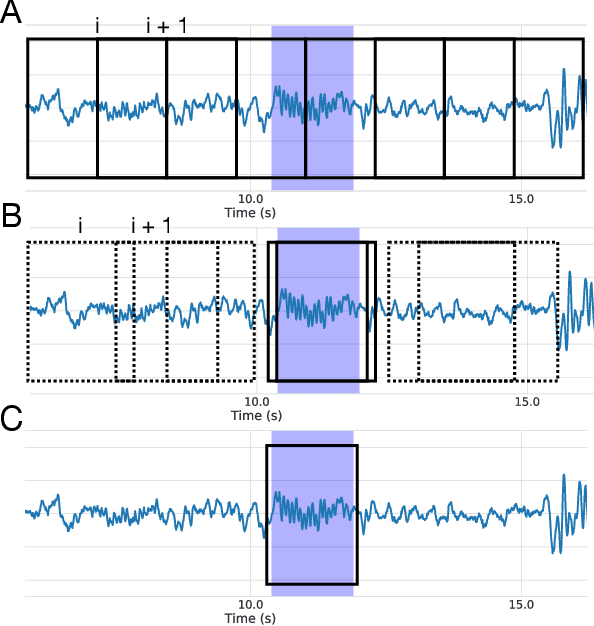

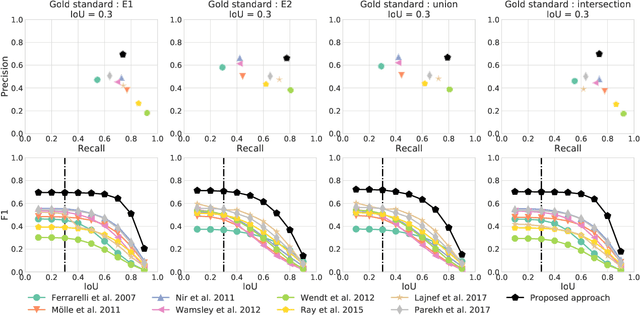
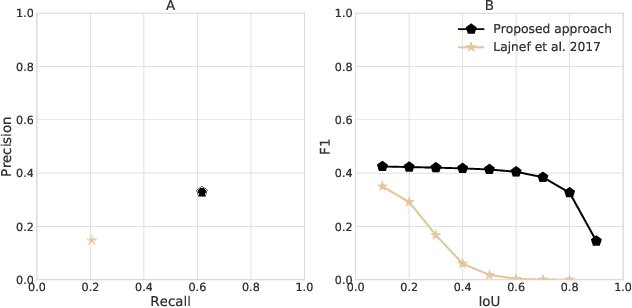
Abstract:Electroencephalography (EEG) during sleep is used by clinicians to evaluate various neurological disorders. In sleep medicine, it is relevant to detect macro-events (> 10s) such as sleep stages, and micro-events (<2s) such as spindles and K-complexes. Annotations of such events require a trained sleep expert, a time consuming and tedious process with a large inter-scorer variability. Automatic algorithms have been developed to detect various types of events but these are event-specific. We propose a deep learning method that jointly predicts locations, durations and types of events in EEG time series. It relies on a convolutional neural network that builds a feature representation from raw EEG signals. Numerical experiments demonstrate efficiency of this new approach on various event detection tasks compared to current state-of-the-art, event specific, algorithms.
 Add to Chrome
Add to Chrome Add to Firefox
Add to Firefox Add to Edge
Add to Edge